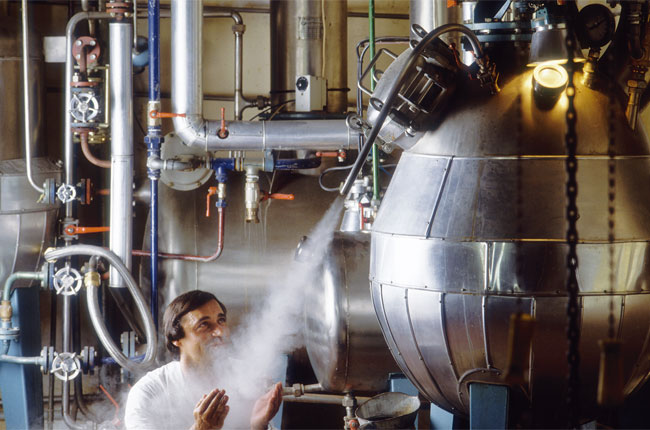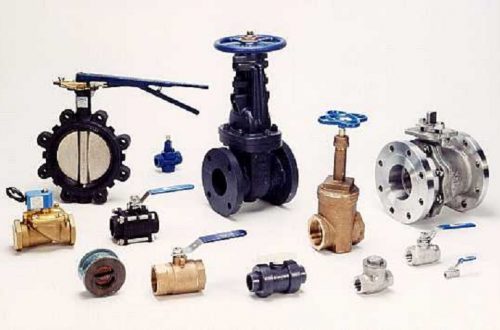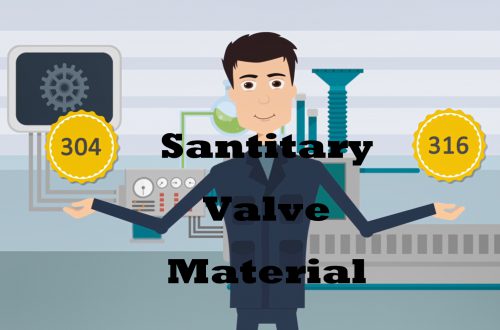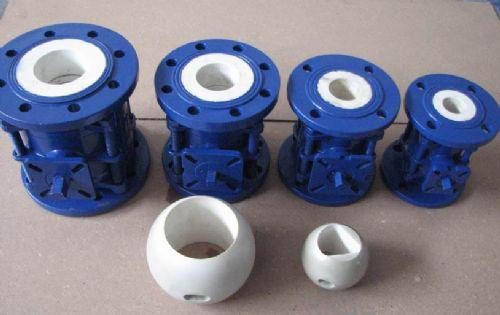Perfume is one of our important cosmetics, both for women and men. It is a mixture of fragrant essential oils or aroma compounds, fixatives and solvents sprayed on the clothes, handkerchiefs or hairline to give a pleasant aroma.
But do you have any idea about how the perfume is made? Generally, once the designers got the raw material they need for their perfume, they can start to make their perfume. The manufacturers distill the raw materials to get the essential oil and mix the essential oil with a designed percentage. Then, they need to add some alcohol products to ensure the high quality of the perfume.
Perfume preparation in laboratory
Perfume is made from countless natural ingredients, including flowers, fruits, spices and more. The perfume also contains other ingredients such as alcohol and essential oils. The manufacturing process of the fragrance includes collection, extraction, mixing and aging.
Collecting Ingredients
Harvest or create natural fragrances or non-natural materials in the lab, and then begin the manufacturing process.
Extracting Oils
The oil is extracted by solvent extraction, impregnation, steam distillation, enfleurage or expression.
The Blending Process
When all the oil has been extracted, mix them together. After mixing the perfume oil, the flavor is mixed with alcohol. In general, eau de toilette has a lower alcohol concentration, while body sprays ather odors have a much higher al content.
Industrial perfume manufacturing
As for automotive perfume manufacturing, here is a brief step by step summary for you. And the following video shows some of the equipment used in the process.
Step 1 Alcohol transfer
Step 2 Water transfer
Step 3 Fragrance transfer
Step 4 Again 5% Alcohol transfer
Step 5 Nitrogen flush in pipes for remaining liquid transfer
Step 6 Agitation
Step 7 Chilling & filteration
Step 8 Transfer perfume in storage vessel(s)
Step 9 Filling, Crimping, Color fitting & Packing
Step 10 Shrink packing
Sanitary Valves for Perfume Manufacturing
From the video, you will find that the valve appears almost in the entire process of the perfume production chain, playing the role of regulation, direction or control of the fluid. Strictly speaking, the perfume manufacturing process cannot use ordinary industrial valves, but rather sanitary valves.
Sanitary valves, as it name suggests, are more demanding than ordinary valves and have higher performance. They are designed for use in applications requiring clean or sterile processing. Their common features include easy cleaning, crevice free, and polished contact surfaces. Apart from perfume manufacturing, sanitary valves are also commonly used in dairy, food, pharmaceutical, medical, and chemical applications. Media types that sanitary valves can be configured to work with include gases, liquids, and liquids with suspended solids.
For more information about sanitary valves, please visit http://www.adamantvalves.com/.





